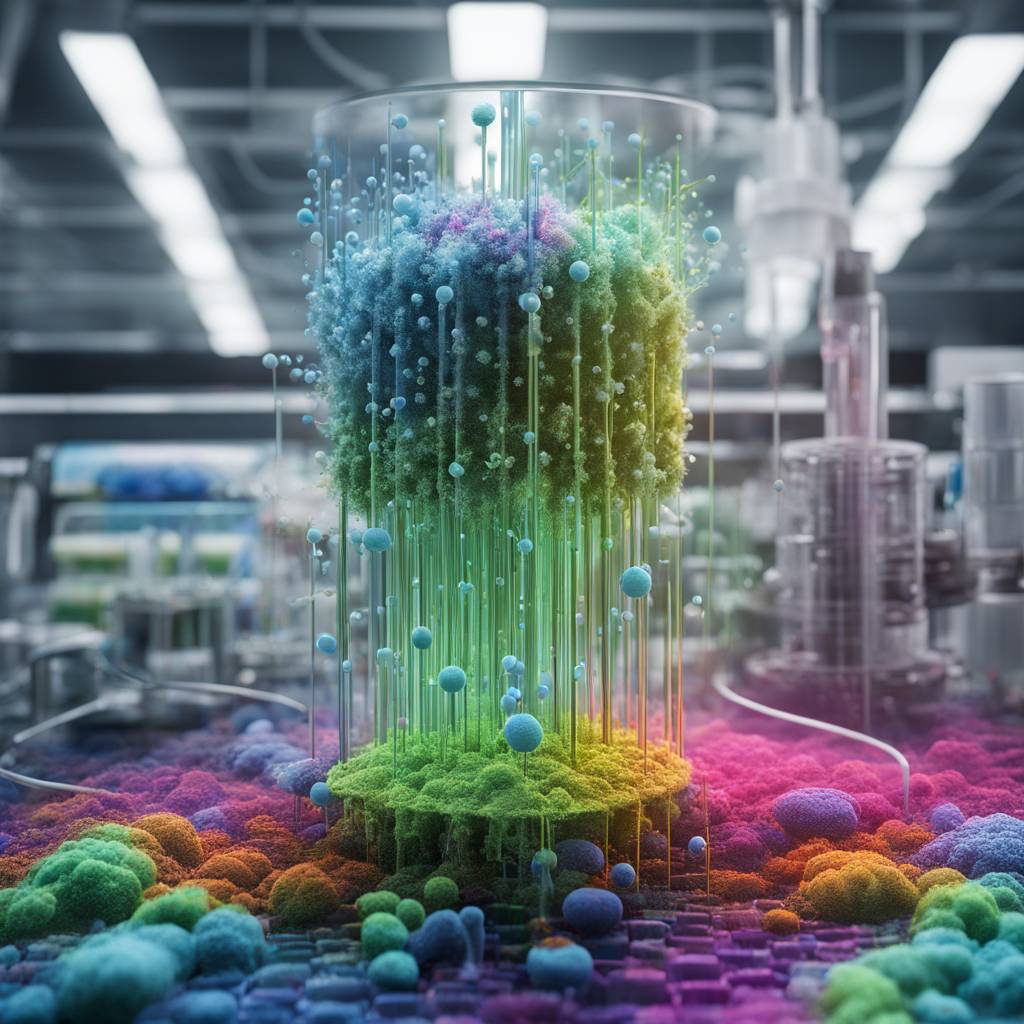Researchers at Goethe University Frankfurt and Kiel University have developed a new sensor for detecting bacteria by using a chip with an innovative surface coating. This coating ensures that only specific microorganisms such as certain pathogens adhere to the sensor, generating a stronger electric signal as the number of organisms increases. This allows the sensor to not only detect dangerous bacteria with high sensitivity but also determine their concentration, making it a valuable tool in disease diagnosis and food production where detecting harmful microorganisms is crucial.
Bacterial infections claim millions of lives globally each year, highlighting the importance of detecting harmful microorganisms. Existing methods are often time-consuming, require expensive equipment, and can only be used by specialists. Additionally, they may not be able to distinguish between active bacteria and their decay products. The new method developed by researchers only detects intact bacteria by using the glycocalyx, a matrix that identifies body cells based on specific sugar molecule structures. This allows the sensor to capture specific bacteria by mimicking the surface of host cells and only attracting the targeted pathogens.
The researchers focused on detecting a specific strain of the gut bacterium Escherichia coli (E. coli) by coating the chip with an artificial glycocalyx that mimics the surface of host cells that the pathogen usually infects. E. coli has short arms called pili that it uses to recognize its host’s glycocalyx and cling onto it. By using the specific structure of the artificial glycocalyx, the sensor can retain only pathogenic E. coli bacteria, allowing for accurate detection. The chemical structure of the glycocalyx ensures that microbes without the right arms slide off, ensuring that only the targeted bacteria are retained.
To validate the attachment of bacteria to the artificial glycocalyx, the researchers bonded sugar molecules to a conductive polymer and applied electrical voltage to read how many bacteria had bonded to the sensor. The study demonstrated the effectiveness of this method by mixing targeted E. coli pathogens among harmless bacteria in different concentrations. The sensor was able to detect harmful microorganisms even in small quantities, with stronger signals emitted as the concentration of targeted bacteria increased. This initial proof of concept study opens the possibility for further research to confirm the practical application of this method.
In the next phase of research, the working groups involved in developing this sensor plan to investigate its effectiveness in real-world scenarios. The potential applications of this sensor include areas where sophisticated lab diagnostics may not be readily available, such as regions without access to hospitals. By testing the sensor in practical settings, the researchers aim to demonstrate its utility in detecting harmful bacteria effectively and efficiently, potentially improving disease diagnosis and food safety measures. The innovative sensor technology developed by these researchers holds promise for advancing bacterial detection methods in various fields.













